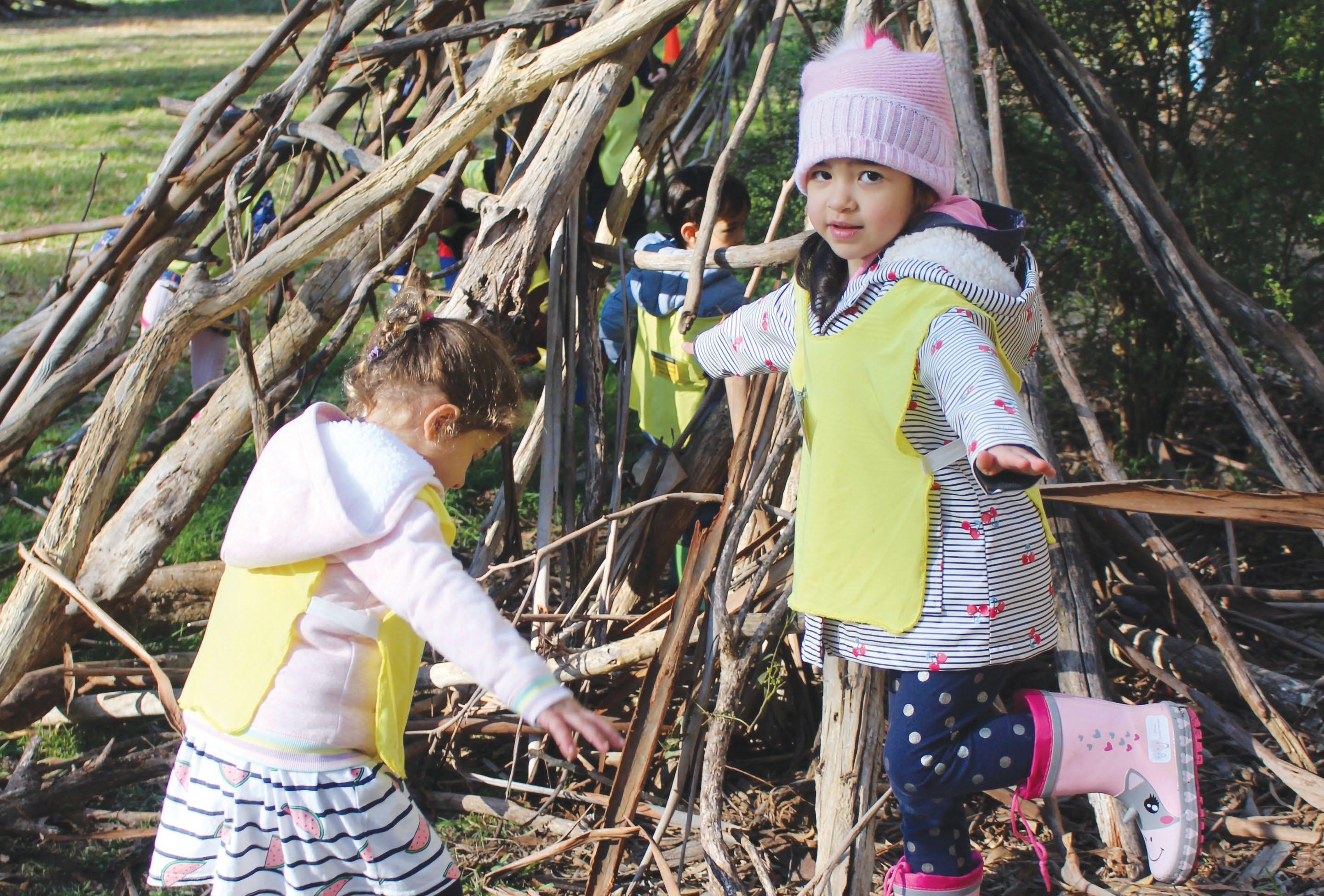Middle School
Learning from the land Michael Nelson Head of Middle School
In our world of fast-paced, high-tech culture, where does a sense of place and a connection to the land belong?
functioning and mood improvements occur, there are a few things we do know about why nature is good for our minds.
Although we are continually communicating with each other, it seems that for many people there is something missing. This constant connection does not always help us to communicate deeply, feel loved, be centred or bring us closer to the earth that sustains us. Learning from and in nature is incredibly important in today’s world and it is clear that building a meaningful relationship with the natural world is essential for our wellbeing. In fact, recent studies have illustrated the benefit and importance of spending time outdoors, for both young people and adults alike. Most studies agree that students who spend time outside are calmer, happier, more attentive and less anxious than students who spend too much time indoors or on devices. While it’s unclear how exactly the cognitive
Learning in the natural world builds confidence, promotes creativity and imagination, teaches responsibility, provides stimulation, encourages students to be active and allows for a new level of collaboration and connection. In the Middle School there are myriad experiences that encourage a connection with the land, from our rich Outdoor Education programs at Toonallook, Hattah and Wobonga, to the wonderful Year 7, 8 and 9 interdisciplinary program. They provide terrific opportunities for students to grow both as individuals and as a collective, learning from multiple experiences in nature and rural communities. Connection to the land is becoming more important now than ever, as is allowing students to be outside feeling the wind, sunshine and
30 | Torch
‘Learning from and in nature is incredibly important in today’s world and it is clear that building a meaningful relationship with the natural world is essential for our wellbeing.’


























